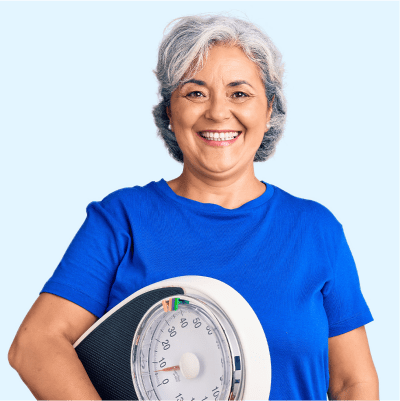Important Information If You Are Recommending A Patch Vitamin
As responsible healthcare professionals, knowing the quality of supplement brands before recommending them is important to you. Patients depend on your expert advice when choosing supplements. Since the FDA does not regulate supplements, it can be difficult to determine which brands to trust and recommend. You may recall that some months ago we posted about a sample of a multivitamin product that we had tested. The short imperfect summary is that the testing at Covance Laboratories indicated that for 7 of the 9 vitamins tested, the levels of the vitamins present – in the testing results - were below the levels the lab could even detect. Yet the label claims were a hundred or more times higher. We’ve seen questions regarding a vitamin patch for bariatric patients. Again, we recommend that trustworthiness should be the most fundamental criteria for evaluating products for recommendation to patients. In the Winter of 2015, we looked at a package of “Patch MD™ Multivitamin Plus Topical Patch.” The UPC code was 95606 00201. We bought the package some 3 or 4 months prior to our informal test. On this package, there was a claim: “exceeds ASMBS Guidelines” but that was covered by black ink from a sharpie type marker, making it difficult to read. We did a very simple comparison. We compared:
- the weight of the patch, after carefully peeling it away from its backing,
- the weight of the actual nutrients claimed on the label.
It is possible that we made mistakes and that our scale was inaccurate. To do a rough “reality check” calibration of the scale, we weighed a dime. The scale showed 2.27 mg, while Google says a dime weighs 2.268 mg. The AVERAGE ACTUAL WEIGHT OF THE PATCH, including: a) the nutrients, b) the carrier layer(s), and c) the adhesive appears to be 80 mg. We were simply aiming for order of magnitude accuracy. In contrast, the weight of the CLAIMED NUTRIENTS was about 3,620.8 mg. Of course the sample could be unrepresentative. Further, we could have made errors weighing or calculating. We are not saying that the patches are always deficient, as we cannot test every package. We do believe however, that it is important and valuable to the bariatric community to provide this information, on this one particular sample of that one particular brand of vitamin patch. We do believe that members of the bariatric community should conduct this test themselves, and post their results, to see if our work is good. Other notes: Note that the compound weight of the nutrient compounds should be even higher. Example, we included the weight of the elemental magnesium itself (500 mg). However, the label says the source was magnesium oxide. It would take about 833 mg of Magnesium oxide to provide the patient with 500 mg of elemental magnesium. We did not include the “oxide” weight in the 3, 600 mg.










